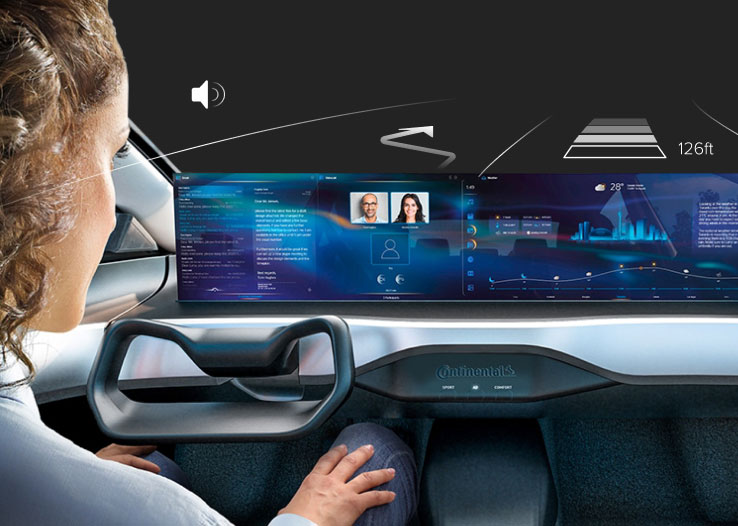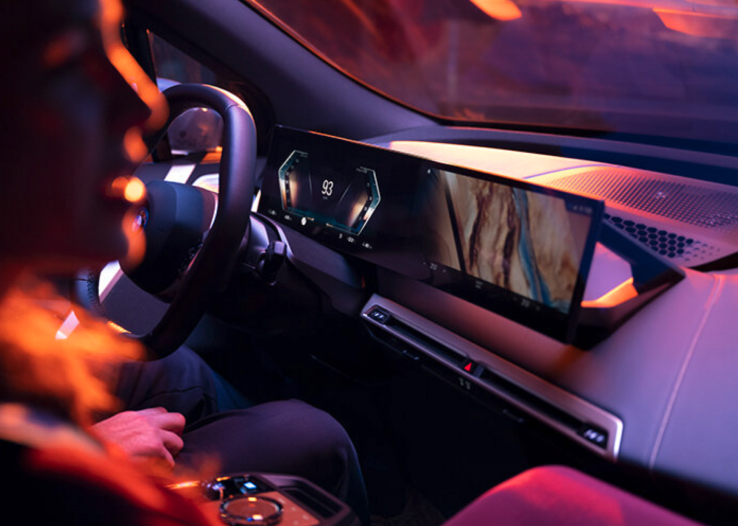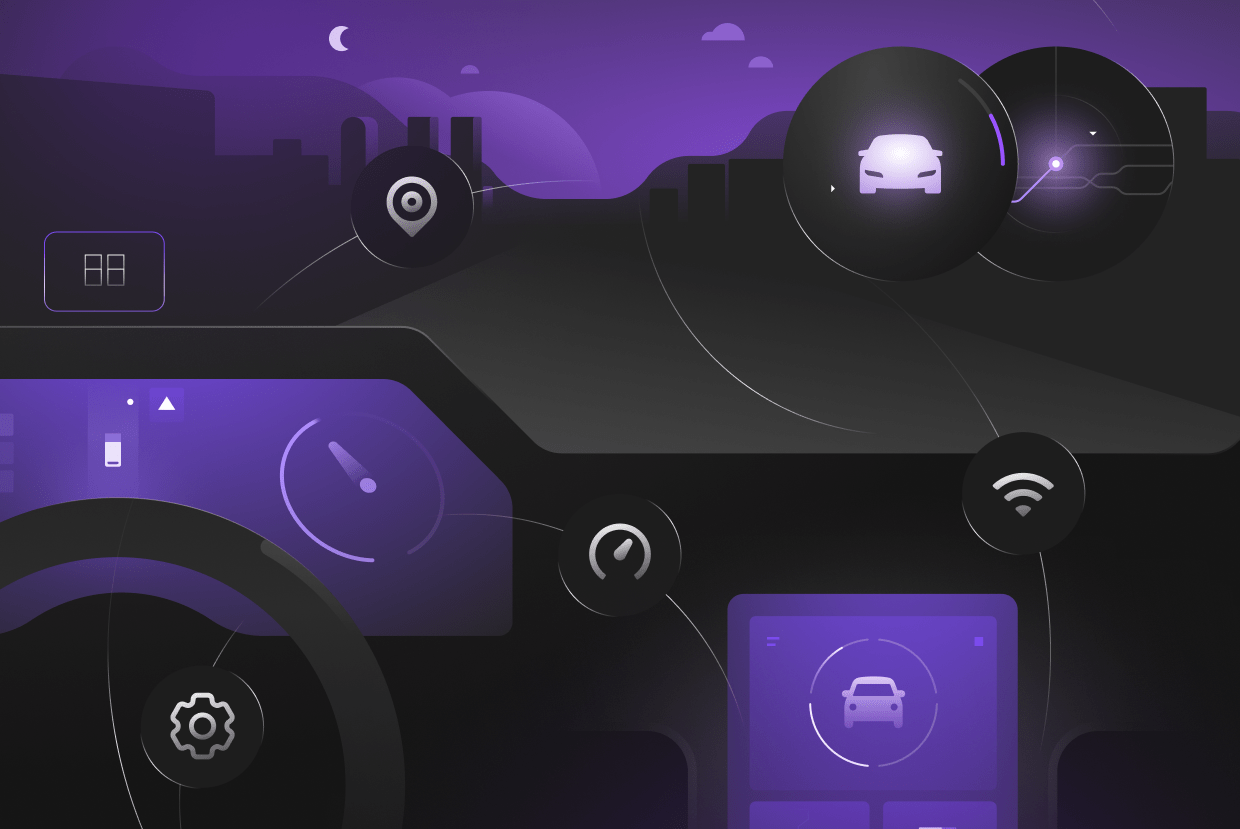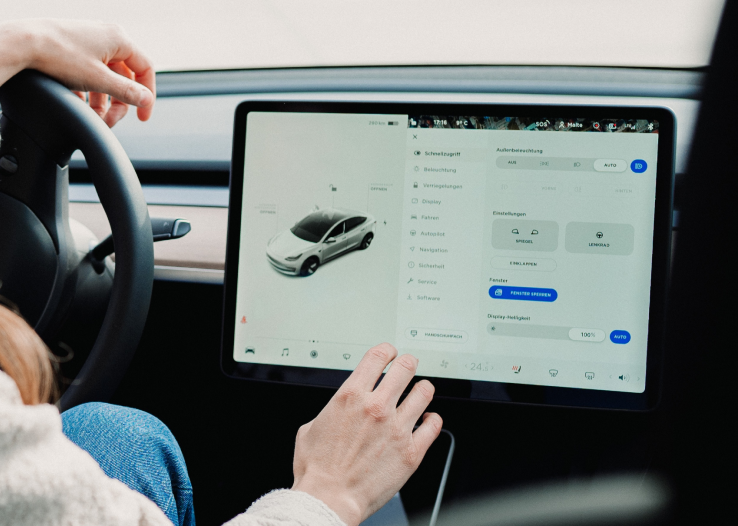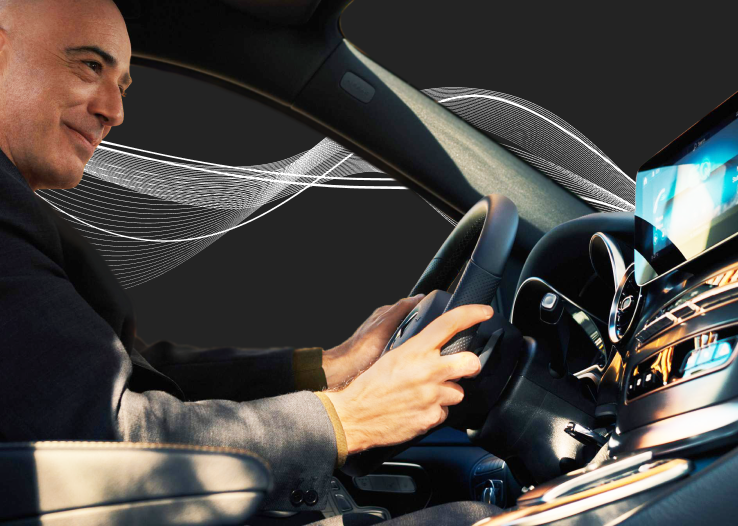The automotive customer experience (CX) is the journey a consumer has with a vehicle brand, from research and ownership to eventual resale — with the goal of it being seamless, personalized and positive. For decades, original equipment manufacturers (OEMs) have quantified success by the number of vehicles rolling off production lines. But not anymore. The rise of electric vehicles, connected digital vehicles and new consumer expectations demand that OEMs move beyond selling cars and start orchestrating automotive customer experiences that delight users.
This means designing services and solutions that extend beyond the vehicle itself. The winners in this new era will be those who create seamless, desirable and personalized experiences for customers, not just merely innovating hardware.
The CX challenge for OEMs
Global markets remain uncertain. There’s the supply chain disruptions, inflationary pressures and policy shifts around electrification shaping strategy. At the same time, customers are no longer content with transactional relationships. A recent Salesforce study found that 88% of customers now expect companies to accelerate digital initiatives, while 62% expect personalized engagement that reflects their values and lifestyle preferences.
These expectations aren’t limited to digital-native brands like Tesla or BYD either. They now define the baseline for all OEMs.
The challenge for traditional automakers lies in creating services that customers actively desire, rather than simply tolerate as necessary. Falling short risks ceding ground to competitors who were born digital and understand how to leverage technology to forge meaningful connections. The real opportunity lies in reframing vehicles as platforms for experiences as opposed to just being machines for mobility.
Doing so requires a deep cultural shift inside OEM organizations, where success should be measured by lifetime value generated through recurring digital services and not number of vehicles sold.
Why is customer experience important in the automotive industry?
Customer personas are diversifying and maturing and it’s important to know how.
Gen Z and Millennials are emerging as dominant buyer groups, with Deloitte reporting that nearly 60% of Gen Z consumers say sustainability is an important factor in purchase decisions. Eco-conscious buyers are demanding transparency about carbon footprints and expect their vehicles to provide services that support their environmental commitments. Meanwhile, outdoors-oriented customers value vehicles that integrate seamlessly with lifestyles centered on exploration. Then there’s safety-driven personas that expect advanced technologies to deliver both confidence and peace of mind.
For instance, Millennials — who represent the largest cohort of car buyers in the U.S., according to J.D. Power — prioritize digital convenience, seamless financing experiences and connected services. They want their vehicles to feel like extensions of their digital lives, syncing seamlessly with smartphones, wearables and home ecosystems.
By contrast, Gen Z is less interested in car ownership for its own sake, but more in access and experience. Subscription models, ride-sharing integrations and sustainable mobility solutions resonate strongly with this group.
Electric vehicle ownership, in particular, highlights the need to rethink services. Unlike traditional vehicles, EVs introduce new considerations such as charging infrastructure, energy optimization and trip planning.
For example, McKinsey estimates that EV owners spend 60% more time engaging with digital services compared to internal combustion engine (ICE) vehicle owners. This opens the door for OEMs to design experiences that transform potential pain points (like range anxiety) into moments of delight and confidence.
An EV driver might not necessarily care where the nearest charging station is but they might want to see which cafés, gyms or co-working spaces are nearby, turning charging downtime into added value.
How to build a framework for service innovation
Creating exceptional automotive customer experiences requires a finely-structured approach that transcends task management. Instead of designing services purely as functional add-ons, think in terms of ecosystems where every interaction deepens engagement and enhances loyalty. This framework involves three key principles:
- Human-centered design: Build services around personas that reflect real-world needs and aspirations. A family-focused buyer will want seamless child-safety integrations and stress-free maintenance, while an eco-conscious persona may prioritize energy-efficient route optimization
- Experience orchestration: Each service touchpoint should connect with one another, creating a seamless flow between vehicle, digital ecosystem and lifestyle. That way, customer journeys feel more intuitive and engaging
- Monetization through desirability: Offer experiences that deliver genuine value that customers will pay extra for. For example, a premium wellness subscription that transforms in-car time into restorative time could justify recurring revenue
By applying this framework, OEMs can transform necessary features into differentiating experiences that build emotional bonds with customers.
Automotive CX strategies
These are the 5 core areas OEMs should be leaning into to drive their automotive customer experience strategy.
1. Charging services
Charging remains one of the most critical friction points for EV adoption. OEMs have an opportunity to reframe charging from an inconvenience to part of a broader lifestyle experience.
Smart charging solutions, partnerships with energy providers and especially dynamic route planning provide better driving efficiency, while also giving you new services such as subscription-based access to premium charging hubs.
For instance, Hyundai has experimented with integrated apps like Bluelink that help drivers locate and reserve charging stations in real time, turning potential frustration into seamless convenience. And Tesla’s expansive Supercharger network gives 172 miles of range in just 15 minutes and has over 70,000 charging points.

In Europe, where these charging networks are rapidly expanding, OEMs that bundle charging with loyalty programs can differentiate themselves significantly.
2. Wellness and tourism
As vehicles increasingly serve as connected living spaces, wellness and tourism presents rich areas for innovation. Imagine in-car meditation modes that synchronize seat vibrations with breathing exercises or travel experiences curated through partnerships with hotels and tour operators.
Lufthansa has pioneered digital experiences that extend well beyond air travel by designing ecosystems for trip planning and personalization. OEMs can follow a similar path, positioning vehicles as integral to restorative and enriching journeys.
For example, you could integrate partnerships with eco-tourism providers that offer drivers curated “green travel” packages that align with sustainability values while promoting vehicle use in inspiring contexts.
3. Safety and maintenance
It may not be as glamorous or exciting as other areas but safety has always been a cornerstone of the automotive industry. Now digital services can expand the scope.
Predictive maintenance powered by AI can alert drivers before issues arise, reducing both costs and stress. Real-time hazard detection and community-driven safety networks can further enhance peace of mind.
Research by PwC shows that 72% of consumers are willing to share data if it leads to safer, more reliable services. Imagine an in-car assistant that not only reports when brakes need servicing but actually books an appointment at your preferred workshop, provides a courtesy car and offers real-time updates during servicing — all by itself.
This transforms maintenance from a burden into a service-driven value proposition.
4. Personalized in-car experiences
Personalization isn’t optional anymore. Consumers expect their vehicles to adapt to their preferences in real time, whether it’s music and lighting or climate and seating positions. And as vehicle ownership becomes less prevalent and people change cars more often, they want to take their personalized settings with them when they go.
Advanced personalization goes even further, with agentic AI assistants anticipating driver moods and suggesting routes, stops or even wellness breaks. Companies like Tesla integrating entertainment platforms into vehicles is only the beginning. The real opportunity lies in tailoring the in-car environment to individual personas and contexts.
For instance, a business traveler might appreciate an “office mode” that connects to conference calls, while an adventure-seeker could prefer a “weekend escape mode” highlighting scenic routes and campgrounds.
5. Outdoor and lifestyle integration
For adventure-seekers, vehicles represent freedom and access to experiences.
OEMs can enhance this by embedding services that integrate with outdoor activities like trail maps, camping equipment rentals or energy management systems for off-grid living. Brands like Rivian are already leaning into this lifestyle integration by positioning themselves as enablers of exploration rather than just transport providers.
More mainstream OEMs can expand these offerings to a broader customer base. A future SUV might include an integrated partnership with a national parks app, offering drivers exclusive passes, trail recommendations and curated playlists designed for road trips.
How to implement automotive CX
The journey to transformative customer experiences cannot rely solely on strategic vision; it requires iterative, hands-on experimentation. Automotive prototyping provides a practical approach to bringing concepts to life quickly and effectively.
The process begins with customer journey mapping and persona-driven scenarios through qualitative research. By visualizing how different personas (like aforementioned eco-conscious Gen Z drivers or family-oriented safety seekers) interact with services, OEMs can identify both friction points and moments of opportunity.
This journey mapping helps teams step into the customer’s shoes, surfacing pain points such as the stress of finding a charger on a long trip or the anxiety of unexpected maintenance.
From there, it’s storyboarding and service ideation. This allows teams to sketch out potential solutions and craft narratives that illustrate how new services fit into customers’ lives. This step transforms abstract ideas into tangible concepts. For example, a storyboard might depict a driver heading on a road trip, easily booking charging slots along the route, receiving wellness tips during rest stops or automatically sharing location updates with family for peace of mind.
Rapid prototyping comes next, where digital mock-ups, simulation environments or even physical prototypes allow for early testing. Note: these prototypes need to be evaluated across three dimensions:
- Desirability (do customers want this?)
- Viability (is it sustainable as a business model?)
- Feasibility (can it be built with current or near-future technology?)
This agile approach avoids costly missteps and accelerates the path from concept to market.
Automotive customer experience examples
As briefly mentioned above, Hyundai’s work in building integrated digital ecosystems demonstrates how prototyping accelerates innovation. Their strategy of combining mobility services with lifestyle apps shows that OEMs can play a central role in orchestrating experiences rather than just enabling mobility.

Chinese EV brand NIO offers another compelling reference point. By investing in customer journey simulation and experience with their pioneering in-car companion, they’ve managed to extend their brand into entirely new domains, delighting customers and strengthening loyalty.

These examples illustrate that service visioning is not about incremental improvement, but about creating entirely new categories of value.
Both cases emphasize the importance of experimentation. By prototyping and simulating customer journeys, brands can test ideas with real users early, refine them iteratively and launch services with greater confidence.
For automotive OEMs, this approach could mean piloting wellness-integrated driving modes with a small cohort of customers before rolling them out more broadly. Said experiments create learning loops that accelerate both innovation and adoption.
Automotive customer experience trends
The automotive industry is facing a new but bright future. As vehicles become increasingly electrified, connected, and intelligent, it’s time OEMs started to expand their focus from hardware to holistic customer experiences.
Those who move first in prototyping digital services will define the next decade, owning customer loyalty and entirely new revenue streams.
The time to get started is now. By embracing human-centered design, orchestrating seamless experiences and investing in rapid prototyping, OEMs can transform potential friction points into differentiators. The future will belong to those who view the car as more than just an end product — as the gateway to a broader, richer lifestyle ecosystem.
Delivering a world-class customer experience is just one of the trends automotive OEMs need to master for success in 2025 and beyond. Find out what they are in our Global Automotive Industry Outlook.


